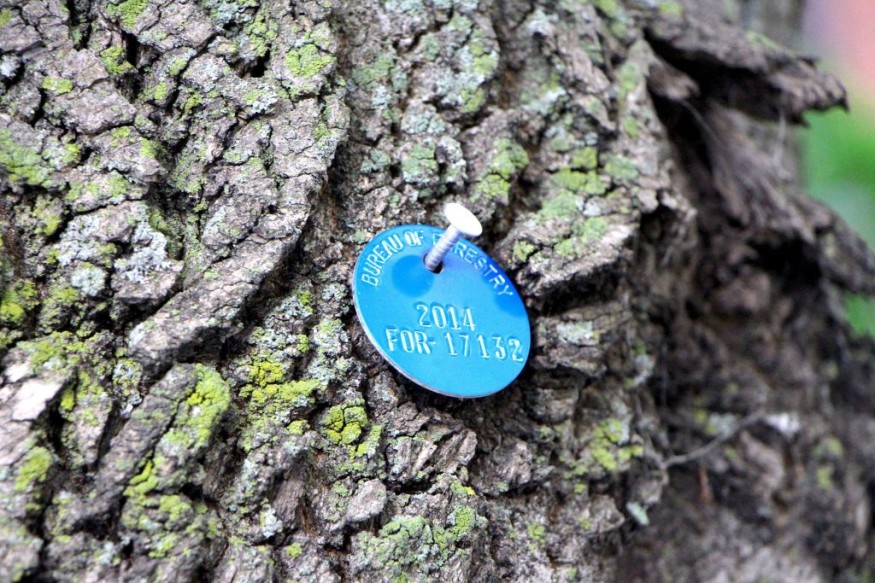Natives to China and other areas of Asia, emerald ash borers were initially identified in the United States in 2002 in Michigan. According to a report from The Paducah Sun, these "tiny Asian invaders" are coming to kill ash trees and change the mix of forests and woodlots.
Natives to China, as well as other places in Asia, emerald ash borers, described as "shiny green bugs," are exotic beetles that have been working their way throughout the United States and Canada since about the turn of the current century. Nowadays, two decades after, they are found in some 30 states which include Kentucky.
They were initially discovered in 2009 and have been spreading towards the west since. The beetles have been identified in Crittenden County and chances are good they are anywhere already throughout far western Kentucky.

Emerald Ash Borers
Also called EABs, the emerald ash borers as adults, are skinny emerald-green beetles. They are approximately half-inch long and about .2-inch across.
As adult beetles, they are comparatively attractive as bugs go, although it is not the adults that are causing the grief. The foremost work of adults is to make and for the females to lay eggs in fissures of ash tree bark. Such eggs hatch and the resulting larvae bore into the trees, that's where and when the problems lie.
In addition, the wormy grubs hatched from EAB eggs are moving just inside the bark of all species of ash trees. There they are burrowing around, feeding on the inner bark. In this particular region, that would be mostly in white and green ash species.
Killing Trees
As indicated in an INVERSE report, scientists believe the EABs likely arrived in the US on imported wood packaging material from Asia during the 1990s.
These insects lay eggs in the ash trees' bark crevices; when larva hatch, they are tunneling through the bark and feed on the tree's inner layer.
Their effect becomes obvious when the bark is peeled back, showing dramatic feeding tracks. Such channels damage the vascular tissue of trees, internal networks that carry water and nutrients and eventually, kill the tree.
Prior to the appearance of this invasive pest on the scene, ash trees were particularly famous for residential developments, representing 20 to 40 percent of planted trees in some Midwestern communities.
EABs have killed tens of millions of US trees with an approximated replacement cost of $10-25 billion. Ashwood is famous as well, for lumber used in furniture, paper, and sports equipment, among many other products. The ash timber industry produces more than 100 million board feet each year, valued at more than $25 billion.
Biocontrol Plan
Any biocontrol plan stances concerned about unintentional consequences. One notorious example is the introduction in Australia of cane toads during the 1930s to lessen beetles on sugarcane farms.
The toads did not eat the beetles although they spread quickly and ate many other species. More so, their poisons killed predators.
Furthermore, the introduction of species for biocontrol is strictly controlled in the US. It can take two to 10 years to exhibit the efficacy of potential biocontrol agents, and earning a permit for field testing can take two more years.
There is a need for researchers to demonstrate that the released species are specializing in the target pest and have minimal effects on other species.
Related information about emerald ash borers killing trees in the US is shown on WLWT's YouTube video below:
Check out more news and information on Insects in Science Times.
© 2026 ScienceTimes.com All rights reserved. Do not reproduce without permission. The window to the world of Science Times.











